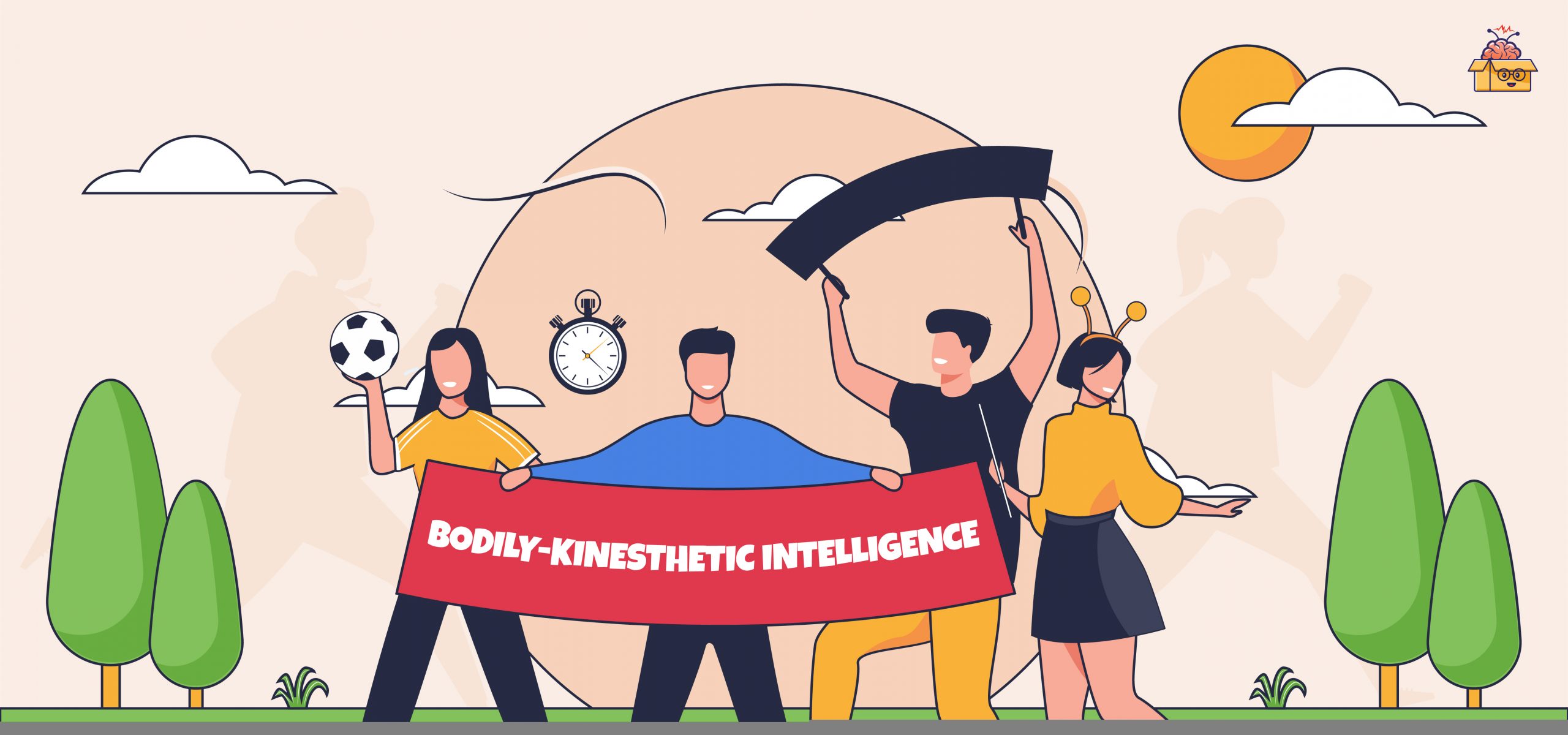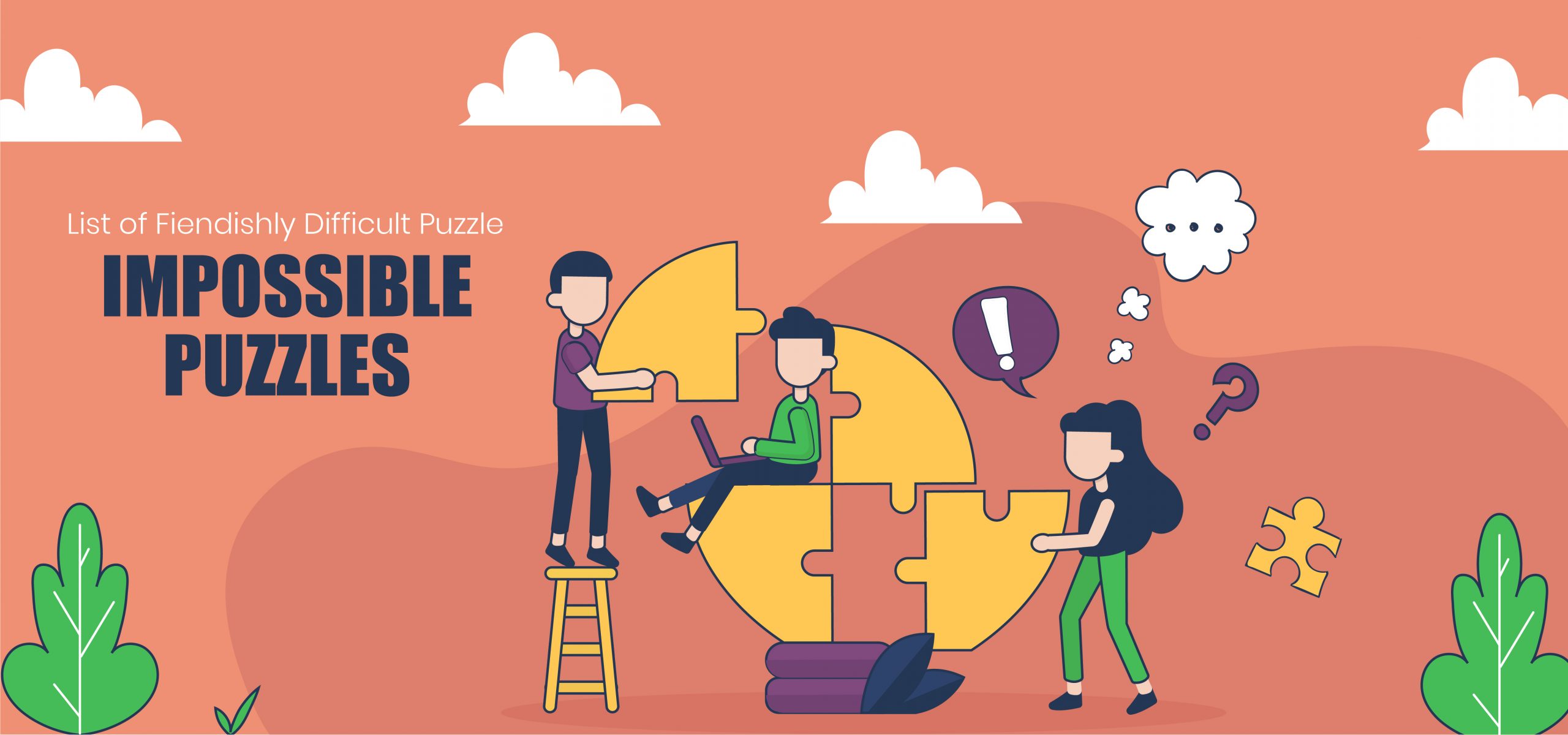-
How To Focus: A Practical Guide To Improving Focus and Attention Span
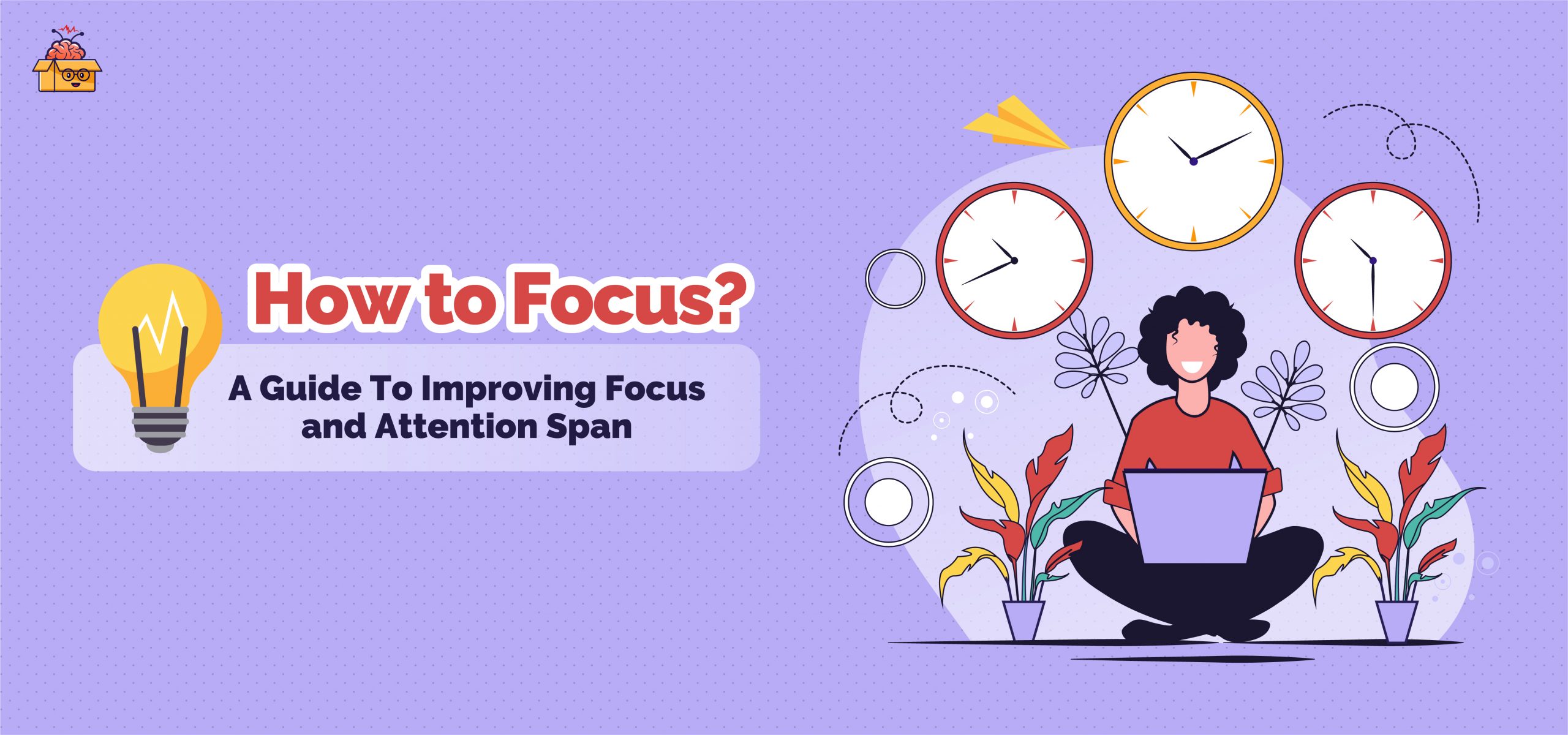
Let me know if this sounds familiar:
You are sitting at your desk with gusto to complete your work. Just a few minutes into it you pick up the phone. Maybe the squealing notification is important. But it wasn’t, back to work.
You again grab the phone to take a brief scroll through Instagram feeds. And that brief scroll of the bottomless feeds was, umm… not so brief — it never is. Soon a thought strolled through your mind and before you realize, it’s quite a while since you started pondering.
This vicious cycle of external and internal distraction is on repeat. And the day ends with a pile of unfinished tasks, deadlines circling like vultures, and the guilt of wasting another day.
So why does this happen? Why can’t you complete the task at hand?
Well, it has to do with the lack of focus. And with information and stimuli overload, our ability to focus has become worse than ever.
So can we do something about it? Something like “training” to improve our focusing skills?
Glad you asked that.
Yes, you can improve your focus. In fact, you can build the kind of laser-sharp focus that allows you to work for extended hours without any distractions and achieve peak productivity.
Sounds something like you’re looking for? Good. Because this article is all about it. Let’s dive in.
What Is Focus?
To put it simply, the focus is our brain’s ability to concentrate on a task over a period of time without being distracted. Focusing is what helps us pay selective attention to and carry out the tasks effectively amidst distractions — be it the external ones like notifications or internal ones like irrelevant thoughts. Focusing is an important mental skill that plays a crucial part in helping you to step up from mediocre to elite, from amateur to professional, and who you are to the person you want to be.
Identifying Things That Deserve Your Focus
Before you focus you need to understand what deserves your focus. For this, you need to plan and prioritize the tasks.
Without this, it gets difficult to keep up the focus and easily succumb even to the smallest distractions and trifling work.
There are a number of ways to help you prioritize things and find clarity — both for your daily tasks and long-term goals. Here’re some of the techniques used by great minds.
Ivy Lee’s Method
Ivy Lee, founder of modern public relations and a productivity consultant suggested this method to Bethlehem Steel Corporation’s executives to improve their productivity. It proved to be so effective that Charles M. Schwab, president of Bethlehem Steel, sent him a $25,000 cheque (that’s $400,000 today) for its success.
So what’s Ivy Lee’s method?
Before you go to sleep, make a list of the 6 important tasks you want to accomplish the following day. The list should be no more than 6 tasks and arranged according to their importance.
On the next day, you’ll work on the first task, complete it, and move on to the next. This way complete the rest of the tasks. Any remaining task at the end of the day must be added to the next day’s list.
Now that may sound really simple but that’s what makes it effective.
First, it limits the number of tasks so you know what you have to focus on. Second, it makes you focus on one thing at a time; no multi-tasking. And three, the simplicity sets the ball rolling and removes the friction of getting started.
Eisenhower Box
Dwight Eisenhower is regarded as one of the most productive people one can imagine. During his career, he was a five-star US army general, Supreme Commander of Allied Force, Supreme Commander of NATO, president of Colombia University, and served as the President of the US — not only once but twice.
Although this sounds intimidating, he managed everything quite swiftly. And his famous method, the Eisenhower Box is studied and practiced by many people to manage time, tasks, and improve productivity. And this strategy is even highly helpful to understand what deserves your focus. Here’s how the method works.
As per the Eisenhower box, you need to organize the tasks into four types:
- Urgent and important (tasks you should do immediately).
- Important, but not urgent (tasks you should schedule to do later).
- Urgent, but not important (tasks you should delegate to someone else).
- Neither urgent nor important (tasks that you should eliminate).
This optimization of work gives you clarity about where you need to spend your time, energy, and focus.
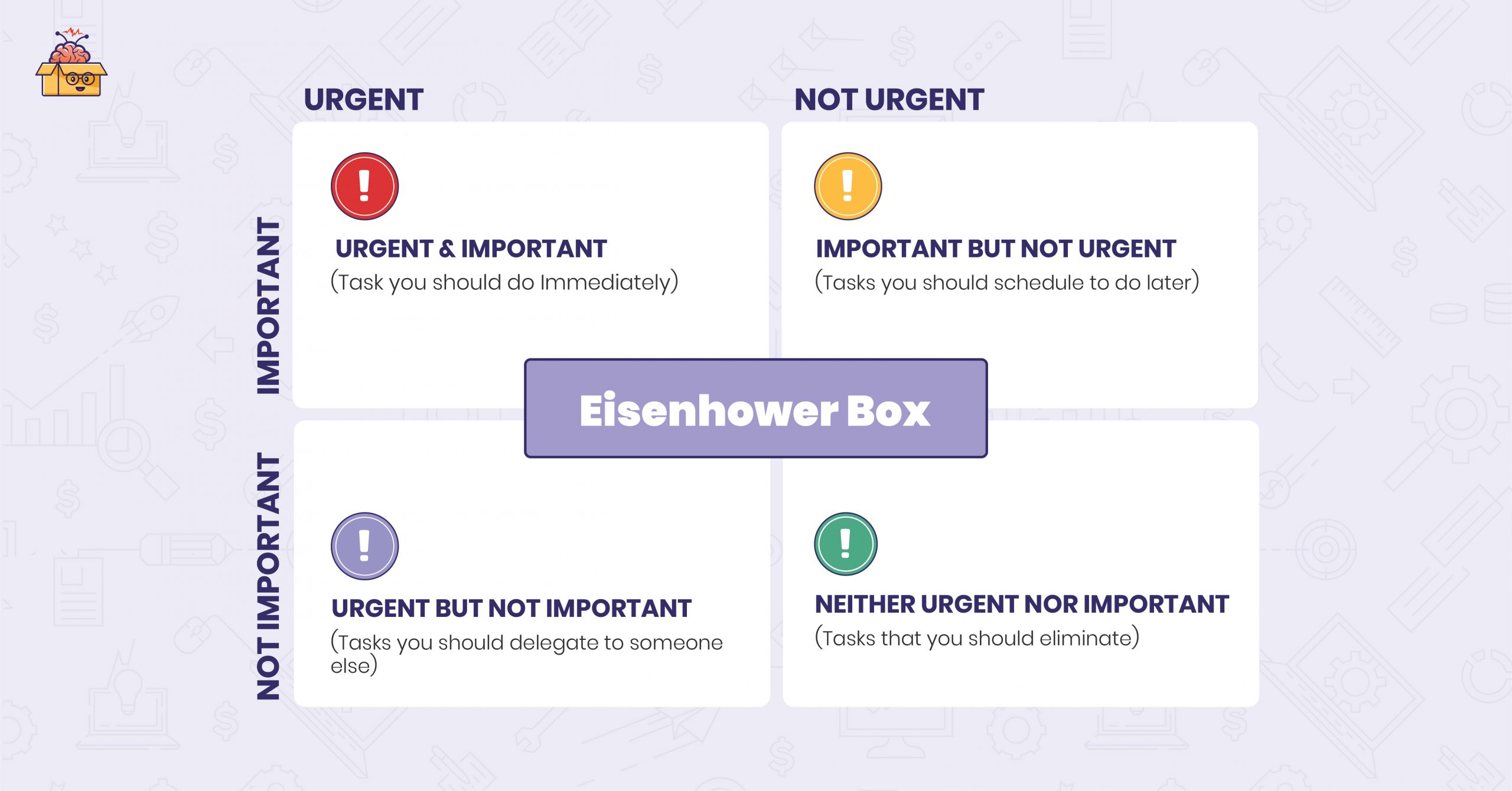
(Eisenhower Box/Matrix)
Warren Buffet’s 2-List Strategy
This is the strategy Warren Buffet shared with his personal pilot Mike Flint and now we know it by the name 2-list strategy. As per this method, you need to make 2 lists. On the first list write down your 25 goals. It could be anything from career goals to life goals. You can also add your quarterly or monthly goals.
Now circle the top 5 goals out of that list.
Any goal that you didn’t circle is the “avoid at all cost” list. And the five you circled is the list that deserves your attention.
This simple elimination strategy allows you to focus on the things that really matter.
Now once you know what to focus on, it’s time to understand how you can improve your focus.
Tips To Improve Your Focus
So you’ve made it this far? It means you’ve already started improving your focus. And that’s the good part about it. Focus is just like muscles — it can be trained.
You can improve your focusing abilities with deliberate practice. Here’re some of the things you can include in your daily routine. And if you practice them consistently, you’ll definitely see a drastic improvement in your focus.
1. Try Pomodoro Technique For Your Work
Pomodoro Technique is a widely used time management method and an effective way to improve focus. As per this technique, you need to divide your tasks into chunks of 25 minutes during which you work without any interruptions. After 25 minutes, you take a small break and repeat the cycle until the work is finished.
This is indeed a great way to develop your focus. It helps you start small. All you need to do is dedicate just 25 minutes to the task without any distractions.
As you consistently do this, you’ll see improvement in your focus and even improve the timebox of your work. Here’s the complete breakdown of the technique.
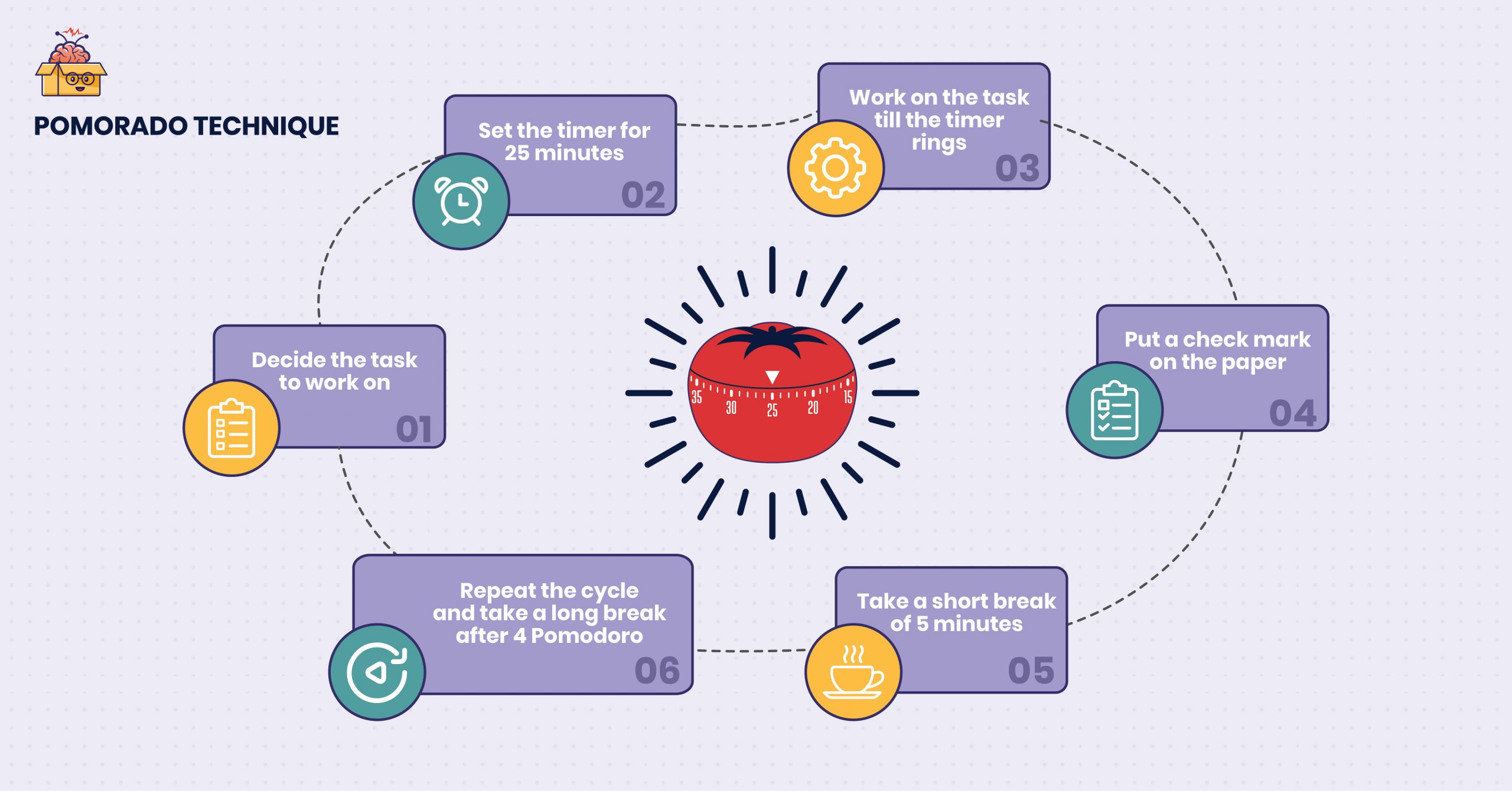
(Pomodoro Technique)
- Decide the task to work on – take a task that needs to be done and needs your undivided attention.
- Set the timer for 25 minutes – set the timer and get ready to work uninterrupted for the next 25 minutes.
- Work on the task till the timer rings – for these 25 minutes, it’s just you and your task. Get immersed in it.
- Put a checkmark on the paper – after spending the entire time on the task, put a checkmark on the paper. This way you can keep a track of how many hours you have worked.
- Take a short break – do something to relax your mind: get some coffee, take deep breaths, stand up, stretch, or whatever that gives you a break from the work.
- Repeat the cycle and take a long break after 4 Pomodoro – once you complete the first round, repeat it again.
2. Embrace the Monotony
“All of humanity’s problems stem from man’s inability to sit quietly in a room alone.”
– Blaise Pascal
800 basketball shots per training session. Practicing the same kick 10,000 times. Sitting in front of a blank screen for hours to let the words out. All these may sound boring, monotonous, repetitive but that’s what helps you develop your focus and mitigate distractions.
The lack of focus arises from our inability to simply sit down and work. It is drudgery for most people. We can’t tolerate monotony. And that’s when we seek entertainment, company, and distraction.
In the classic book, The Power Of Concentration, author Theron Q. Dumont suggests some simple and boring yet effective practices to work on concentration:
- Sitting still in a chair for 15 minutes
- Concentrate on slowly opening and closing your fists for five minutes
- Follow the second hand of a clock for five minutes
Perhaps these exercises sound absurd but what they do is train your monkey mind to be still and avoid the impulse to get distracted in the form of entertainment.
Even playing brain games can be a great substitute for mindless passive entertainment. Games such as sudoku puzzles, jigsaw puzzles, word games, logical and lateral thinking puzzles are designed for mental stimulation and even help improve concentration.
3. Avoid Multitasking
Ever seen a lion tamer in the ring. He uses a whip and a chair to tame a lion. The whip does a great show and the audience thinks it’s the whip that tames the big hairy fierce feline. But in reality, it’s the chair that does the work.
When the lion tamer holds the chair in front of the lion — the four legs of the chair work as a distraction. The lion can’t focus on all four legs and baffles its mind. The same goes for the lion inside your skull — your brain. Multitasking confuses your brain and makes it difficult to maintain your focus.
While we are capable of multitasking, we are not able to focus on multiple things.
We can write while listening to music or drive while talking on the phone. But what’s impossible is to focus on two things together. Try writing an important email while singing out loud or even paying attention to the song at the same time. That gets impossible.
You’ll have to focus on one event over another for the moment. And when you do this, switching your focus back and forth while multi-tasking, things get difficult.
4. Take Some Time Out To Meditate
By now you know that focus is your ability to concentrate on one thing and ignore others. Meditation, here, can work as a catalyst. It can spur your ability to focus.
A recent study comparing the brains of the people of those involved in meditation and who never did it shows that the first group had more control over thoughts resulting in better focus. The MRI reports showed that the meditators had better stability in their ventral posteromedial cortex (vPMC) — the region of the brain linked to wandering thoughts.
For it’s not just the external factors that distract you but it’s even your own thoughts. You may have experienced many times that a small wavery thought when unguarded can snowball and capture your mind to obstruct your focus. Meditation can channelize these thoughts and help you better concentrate on the task on hand.
Wrapping Up
No matter what you do, a laser-sharp focus is essential to success. And in a time when we’re bombarded with numerous stimuli and distractions, focusing and sustaining attention is indeed a crucial mental skill. Hope this article has given you crucial insights on focus.
Before You Go —
If you’re looking for a better way to spend time on your phone and pump those brain muscles, Smart Brain is what you need. A ridiculously fun game that’ll help you work on your mental skills with logic, math, creative thinking, and word puzzles.
Download Now For FREE
 2622
2622






